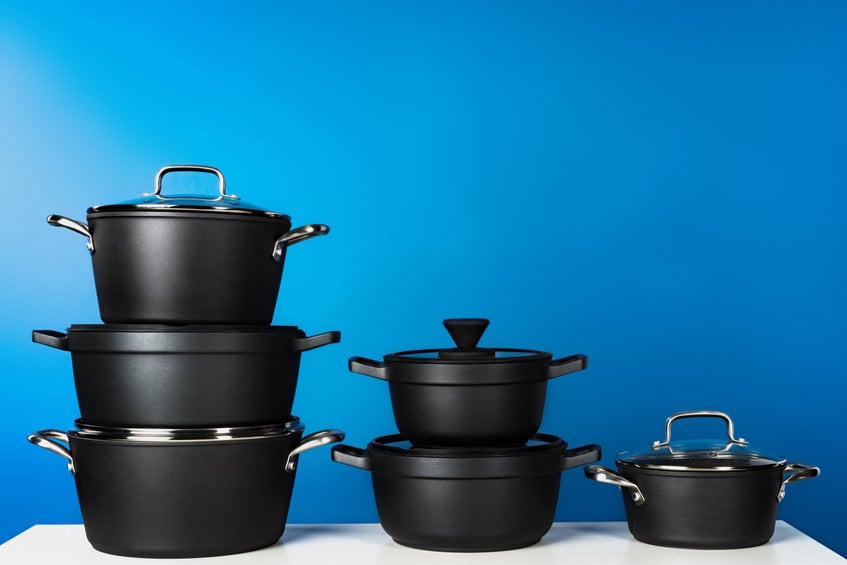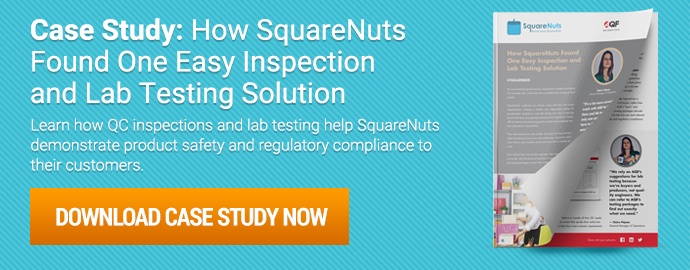Due to their close contact with food, cookware products carry higher risks for safety issues than many other consumer products. Product recalls can occur if it is deemed that the object poses a potential safety hazard to users.
In addition to being costly, product recalls can also damage a brand’s reputation and have long-term effects on how the company is perceived by the public. This is why additional tests beyond what can normally be performed during a product inspection are often required to ensure that cookware is in compliance with international standards
In this blog post, we will explore international regulations in the EU and U.S. that cookware manufacturers need to be aware of and list 7 of the most important cookware safety tests that can help prevent product recalls.
Why Do Cookware Safety Regulations Exist?
Cookware safety regulations exist to provide a common form of quality measurement scale, which manufacturers use to make sure their products meet the market quality requirements for their customers.
Cookware safety tests offer importers a form of assurance that the product they are buying is of good quality if the manufacturer complies with the safety regulations provided in the country.
The Importance of Cookware Safety Tests
Safety tests are mainly done on the prototype before product production begins. They are essential to the manufacturing companies and the customers for the following reasons:
- They help in preventing product recalls from the market
- They help in meeting quality requirements for the customers
- They ensure the materials used are safe to use
- They help in preventing product failures when in use
- They help in preventing accidents to the user
- They protect brand reputation
E.U. Cookware Safety Regulations
Regulations differ depending on where the product is being distributed. This means that importers in the EU will have to meet different standards than importers in the U.S. Therefore, the testing methods will vary slightly depending on the region.
Here are some common cookware safety lab tests that European importers should know:
- Burning resistance test is used to ensure that the handles will not be affected by heat during use.
- Heat resistance tests ensure quality products are free of cracks or splits; thus, this test gives the maximum temperature at which the item is to be used.
- Bending strength test is used to ensure that the handle does not fail when subjected to a bending force set at 100N for the tests.
- Resistance to fatigue is where cookware products are used multiple times to ensure that the product does not fail by subjecting it to loads greater than its capacity.
- Resistance to torque is where the cookware handle is subjected to rotational forces on the screw axis to ensure the handle rotation does not exceed the set angle.

U.S. Cookware Safety Regulations
The safety regulations tests used in Europe and the U.S. are pretty similar. However, the U.S. quality inspection companies conduct additional safety tests to meet the customer requirements for markets in different regions worldwide.
The tests conducted by Cookware Manufacturers' Association (CMA) in the USA are:
- Flame soften testing uses the same principles as the burning resistance test in Europe, but the exposure period is twice that of E.U. tests.
- Assembly strength test is where cookware is loaded and exposed to extreme temperatures to test mechanical properties.
AQF Can Help
Ensuring that quality assessment methods are consistent when sourcing overseas is a real challenge. For cookware importers, lab testing is a nice approach to ensure product safety and compliance. At AQF, we provide you with faster and easier lab testing with AQF’s streamlined lab testing service. Contact us to learn more about cookware testing regulations and book your lab testing today.
Visit our website to sign up today.








